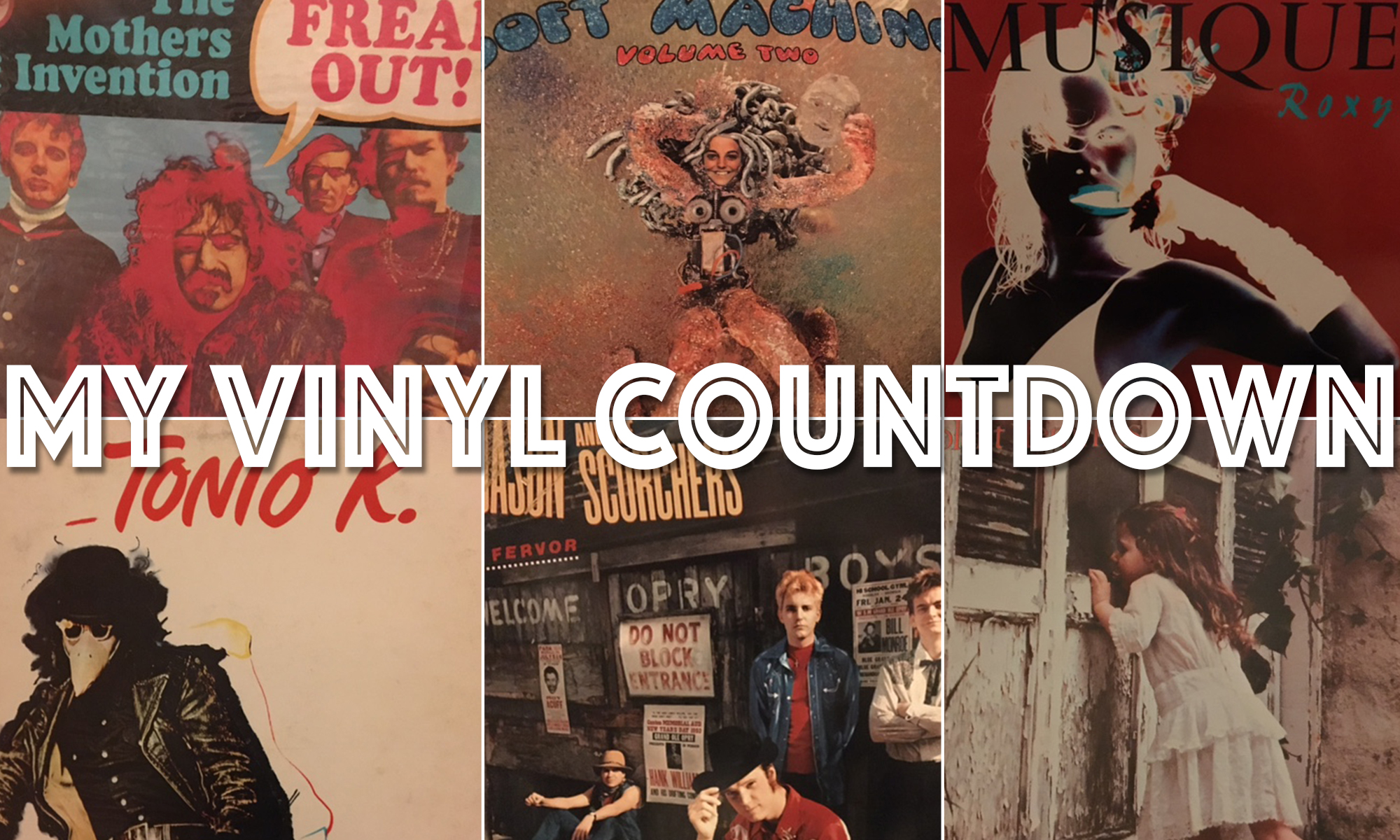As I mentioned in my Countdown Post 247 and 248 I have come to really enjoy certain jazz. Late 50s, early 60s cool jazz and bop. i also like jazzy Brazilian music and some modern jazz.
Miles Davis, Charley Parker, “Big” Bill Patton, Stanley Turrentine. Chet Baker, etc. are all folks I’ve listened to more on this journey than ever before.
Here’s my list of best jazz piano players. I may be out of my league judging fine jazz but here I go anyway.
- Erroll Garner. I had not heard of him until I found for a $2 bill a 10″ 33\ 1/3 record by him. Soon as I heard record I knew it was someone special. He was 5-feet -2-inches tall and never learned to read music — which at first kept him out of some good music schools. They relented and he came one of the best pianists of all time in the Jazz real.
- Bud Powell his music is precise and yet it still swings like it has that boppity bop.
- Art Tatum. I’ve heard him on several things; would like to hear more.
- Thelonious Monk. I recognize his great skills. I haven’t listened that much to really ‘know’ Monk. I have a couple of 78s with Monk, Bud Powell and Charley Parker.
- Keith Jarrett. Bought a box set of his music, mostly solo. I’d heard his name before, but the man can seriously play
6) Duke Ellington — The master leader could also play.
7) McCoy Tyner Everything I’ve heard has been good but haven’t heard much.
8) Keith Emerson. This is a little controversial because he didn’t play jazz per se but he played classical in a rock setting thus I think he was often ‘Jazzing up the classical bits). He as an amazing pianist. He performed Scott Joplin music and for one album. (Or half).
9/10. Herbie Hancock, Chick Corea. I recognize their talent but I was never a big jazz fusion fan beyond some home cookin’ bands, Sea Level and Dixie Dregs.










 Sears slogan: Where your past is about all we have left.
Sears slogan: Where your past is about all we have left.
